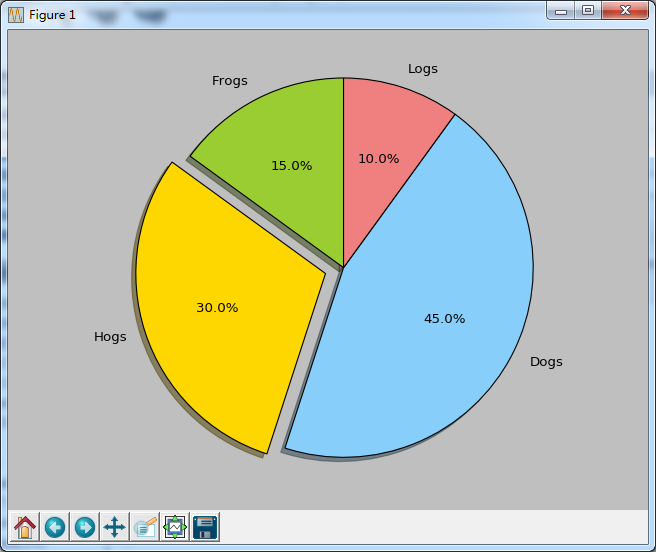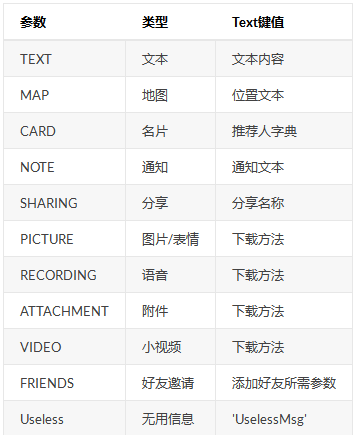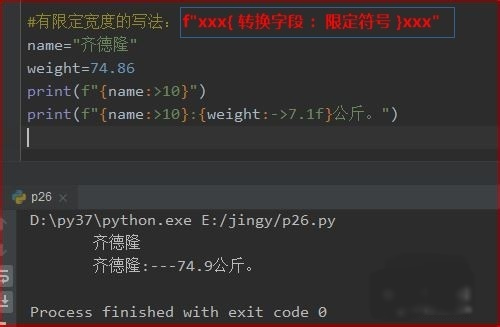对python append 与浅拷贝的实例讲解
在做Leetcode的第39题的时候,看到网上一个用递归的解法,很简洁。于是重写了一遍。
class Solution(object): def combinationSum(self, candidates, target): """ :type candidates: List[int] :type target: int :rtype: List[List[int]] """ result,temp = [],[] self.combinationSumRecu(sorted(candidates),result,0,temp,target) return result def combinationSumRecu(self, candidates, result, start, temp, target): if target == 0: result.append(temp) # 注意此处不能直接append(temp),否则是浅拷贝,之后temp.pop()时会将result中的数也pop出来 while start < len(candidates) and candidates[start]<=target: temp.append(candidates[start]) self.combinationSumRecu(candidates, result, start, temp,target-candidates[start]) temp.pop() start += 1 if __name__ == '__main__': print Solution().combinationSum([2,3,6,7],7)
一开始没看懂combinationSumRecu中的result.append(list(temp))为什么temp要加list,因为temp本身就是一个list。但是把list去掉后,结果就出现错误。
没改前,结果是:
[[2, 2, 3], [7]]
改成result.append(temp)后:
[[], []]
为什么会这样呢?list在这里做了什么工作呢?
首先,为了验证temp每步都是一个list,我们是使用type()函数查看它的类型。
if target == 0: print type(temp),temp,result result.append(temp)
输出为:
<type 'list'> [2, 2, 3] [] <type 'list'> [7] [[7]]
可以看出,temp都是list。但是第二个result的结果不正确
可以将正确的值输出对比一下
if target == 0: print type(temp),temp,result result.append(list(temp))
输出为:
<type 'list'> [2, 2, 3] [] <type 'list'> [7] [[7]]
可以看出,本来第二个result应该为[[2,2,3]],结果变成了[[7]].
于是猜想可能是append()浅拷贝问题。
append(temp)后又在后面进行temp.pop()操作。result实际上append的是temp的引用。当temp所指向的地址的值发生改变时,result也会跟着改变。
举个例子验证一下:
a = [1,2] b = [3,4] a.append(b) print a b.pop() print a
输出结果为:
[1, 2, [3, 4]] [1, 2, [3]]
要解决这个问题,需要对temp进行深拷贝后append到result中。而list(temp)就会返回temp的一个深拷贝。
除了用list(temp)以外,还可以用temp[:]进行深拷贝。
以上这篇对python append 与浅拷贝的实例讲解就是小编分享给大家的全部内容了,希望能给大家一个参考,也希望大家多多支持【听图阁-专注于Python设计】。



